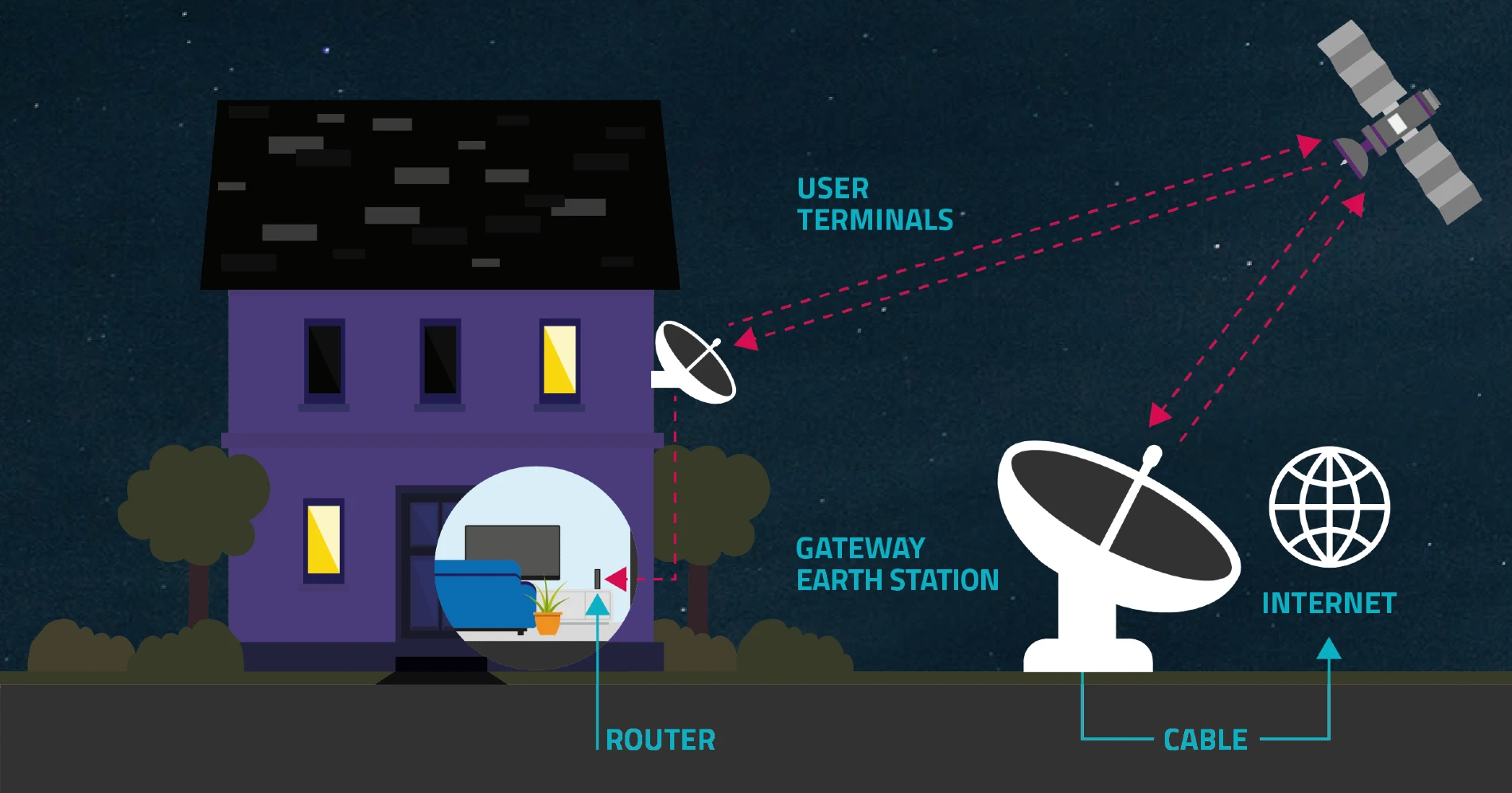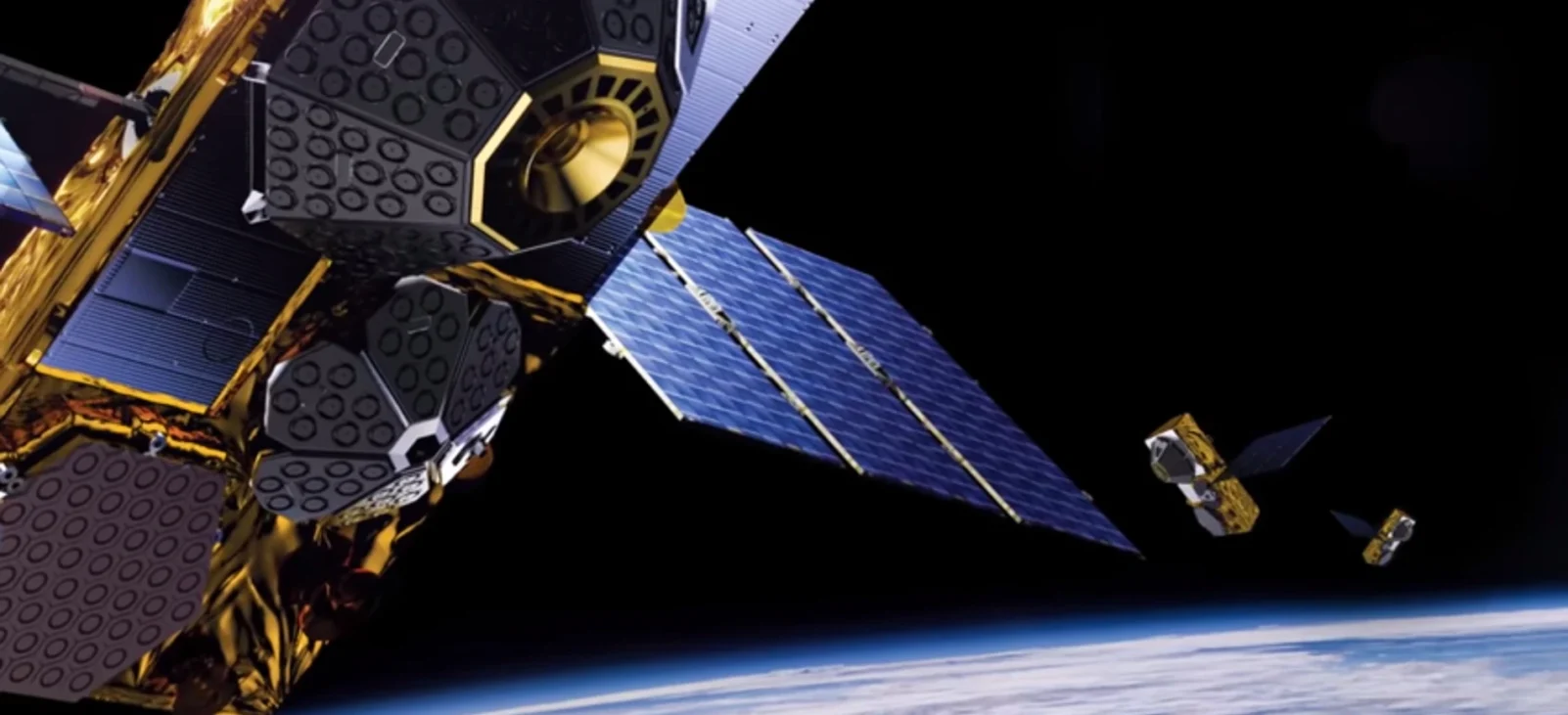Ofcom has launched their proposed space spectrum strategy for the coming years. The space sector is one of the biggest users of spectrum delivers a wide range of benefits to people, businesses and public sector users in the UK.
These include satellite broadband, broadcast TV services, global positioning services and communications in emergency situations. Satellites used for Earth observation services are also important in collecting data used to monitor weather and climate change.
The space sector is expanding rapidly, with the number of space launches increasing by almost 60% between 2017 and 2021.
Companies such as OneWeb and SpaceX are deploying large numbers of new satellites – known as non-geostationary orbit (NGSO) satellite systems. Meanwhile, universities and start-ups are using smaller satellites to test and trial a range of exciting new projects.
Ofcom’s proposed space spectrum strategy sets out their priorities for how they will help the sector deliver even more services in the coming years, while making sure it uses spectrum efficiently.
Supporting the growth of satellite broadband
Thousands of NGSO satellites orbit the Earth constantly, tracked by satellite dishes as they move across the sky, to provide broadband to homes and businesses in remote locations.
But these innovative news services need radio spectrum to work – and that’s where Ofcom comes in.
Their job is to make sure this spectrum is used efficiently and manage risks of interference between different spectrum users. So their space spectrum strategy sets out where they think we can make the biggest difference over the next two to four years, building on the licensing changes introduced last year.
This includes considering options for future access to UK spectrum that could boost the capacity of satellite services, such as additional access to the 14.25 – 14.50 GHz band, as well as pursuing improvements to international NGSO rules.
Protecting vital Earth observation services
Earth observation satellites are playing an increasingly important role in collecting data on climate change. For example, they use radio waves to monitor changes in the natural world, such as the changing thickness of ice in polar regions. These systems also help other industries, such as agriculture, the emergency services and weather forecasting.
Part of Ofcom’s job is to help ensure Earth observation systems are protected from interference from other spectrum users.
Safe access to space
The rapidly rising numbers of space objects and proposals for mega-constellations has led to concerns across the space community about the potential for space debris.
Ofcom’s role is to make sure there is appropriate spectrum available for systems that support the safe use of space, such as radar systems that track the many objects in space.
While spectrum might be alien to some, we all rely on these invisible radio waves every day. And they’re vital to the rapidly growing space industry.
So as the next generation of satellites beam down vital information to us, we’re playing our part to help the sector continue its journey and make sure these enterprising pioneers have the launchpad they need” said Helen Hearn, Ofcom Interim Spectrum Group Director
Supporting the growth of satellite broadband
Thousands of NGSO satellites orbit the Earth constantly, tracked by satellite dishes as they move across the sky, to provide broadband to homes and businesses in remote locations.
But these innovative news services need radio spectrum to work – and that’s where Ofcom comes in.
Ofcom’s job is to make sure this spectrum is used efficiently and manage risks of interference between different spectrum users. So the space spectrum strategy sets out where they think they can make the biggest difference over the next two to four years, building on the licensing changes introduced last year.
This includes considering options for future access to UK spectrum that could boost the capacity of satellite services, such as additional access to the 14.25 – 14.50 GHz band, as well as pursuing improvements to international NGSO rules.
Ofcom’s consultation closes on 24 May 2022 and they aim to publish their final strategy later this year.

Broadband for remote homes
Part of Ofcom’s proposed space spectrum strategy for the coming years, sets out how they will support the growth in use of satellite technology to provide new communications services for people and businesses.
One of these areas involves non-geostationary orbit (NGSO) satellite systems. These enable a range of services, including providing satellite broadband to homes and business properties in remote areas.
Because of their remote locations, these buildings might be unable to get their broadband services via the usual networks of cables and wires. Instead, the broadband is carried and brought to a building via satellite, in the same way as a satellite TV service.
Unlike traditional geostationary orbit (GSO) satellites, which remain fixed in one location and have been the primary way of delivering satellite communication services, thousands of NGSO satellites orbit the Earth constantly. These are tracked by satellite dishes as they move across the sky, and are being deployed by a range of companies you might have heard of, such as OneWeb and SpaceX.



